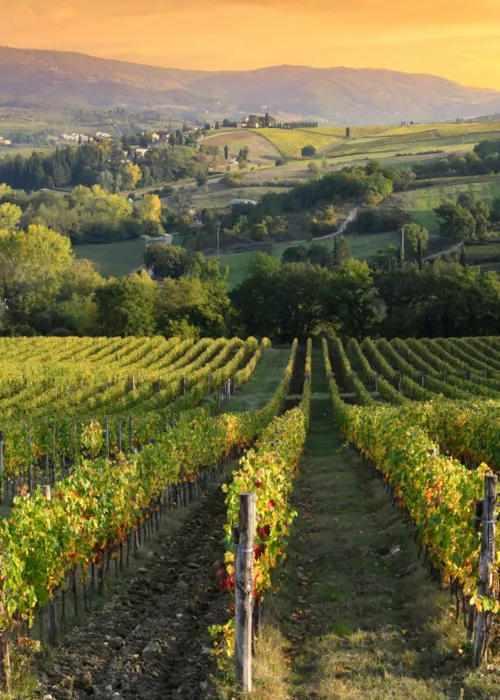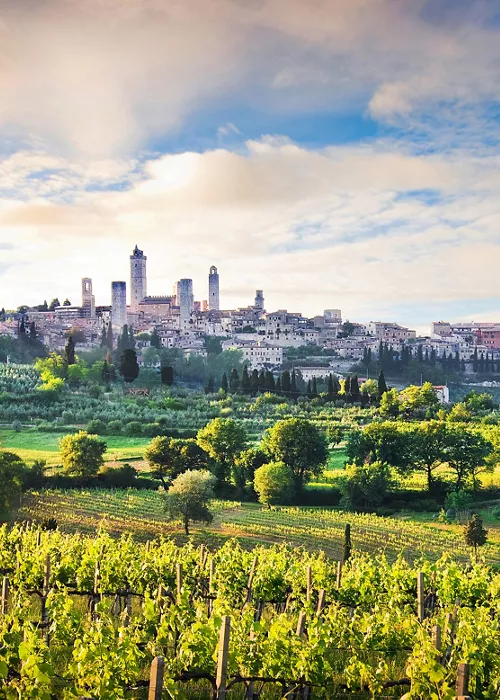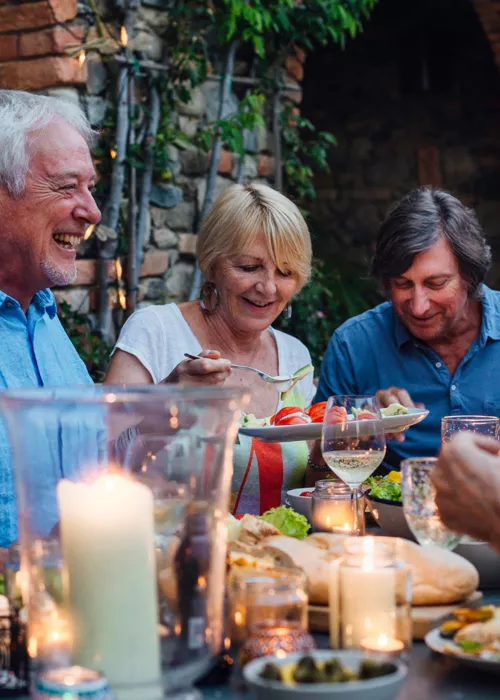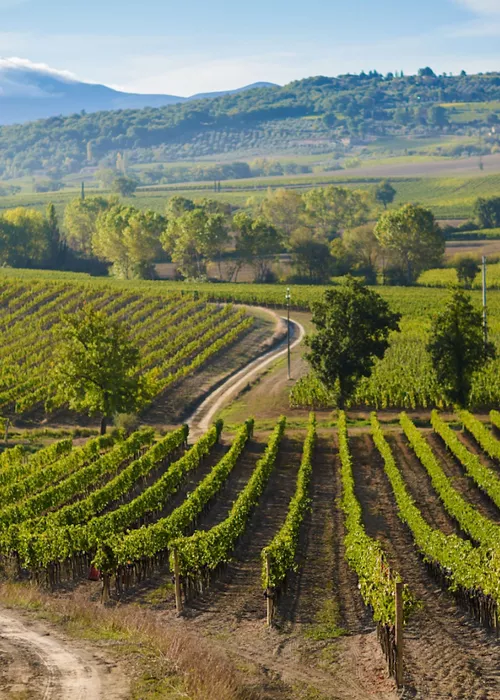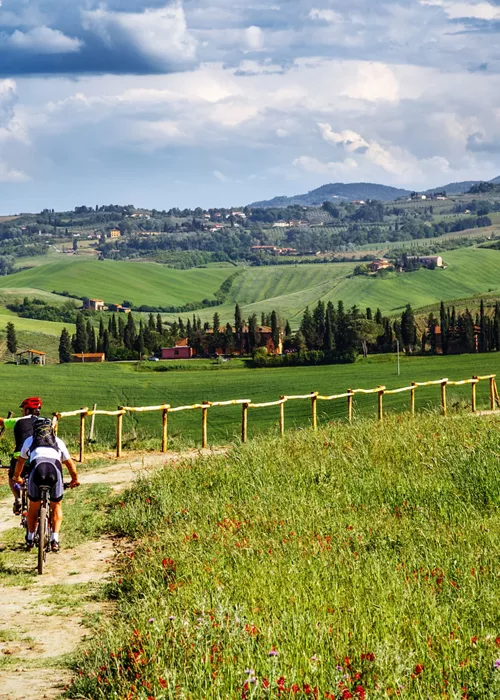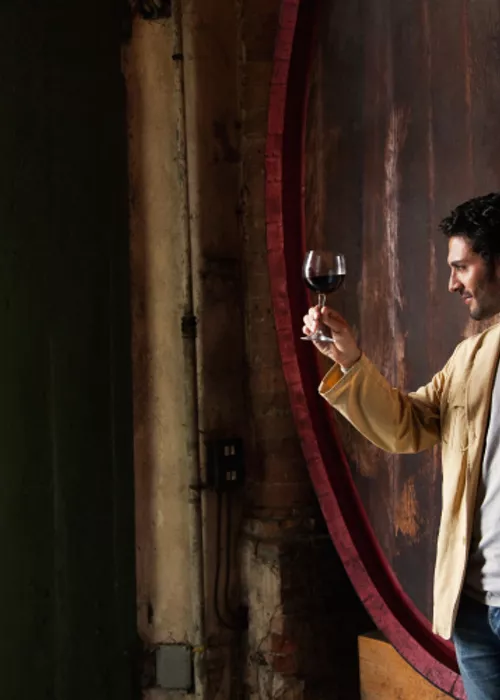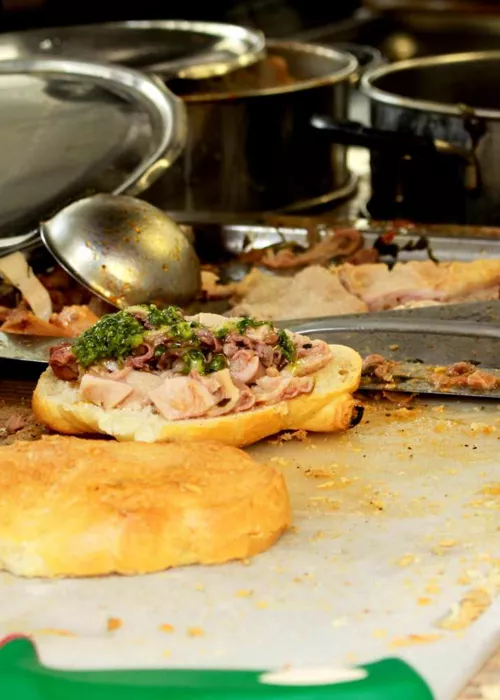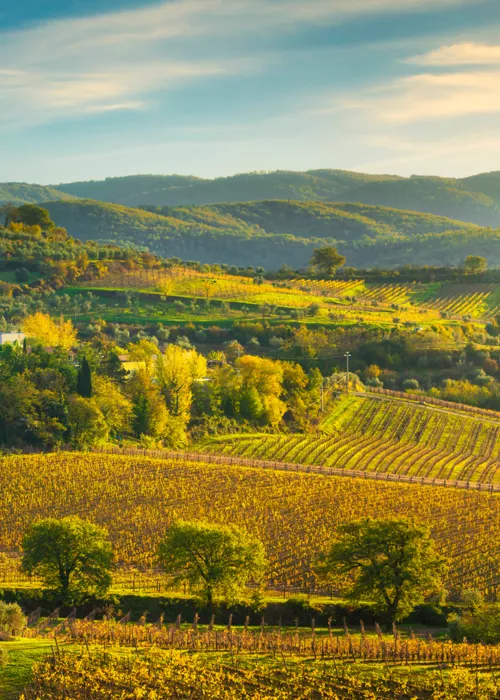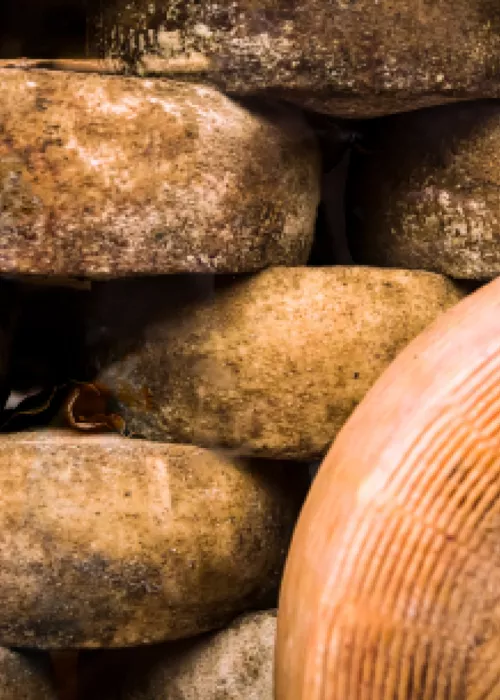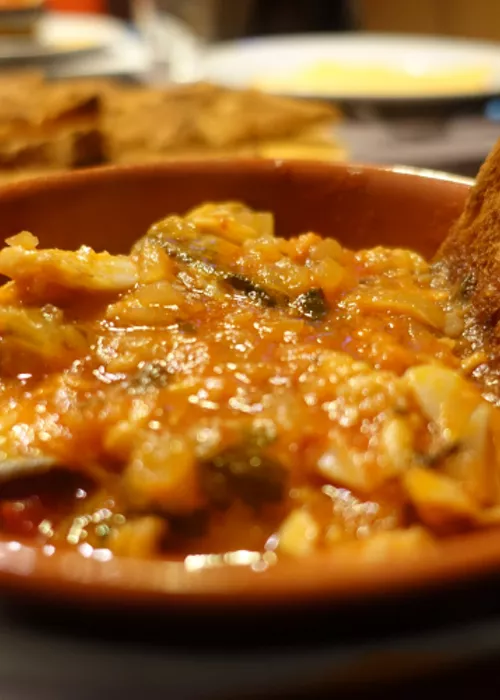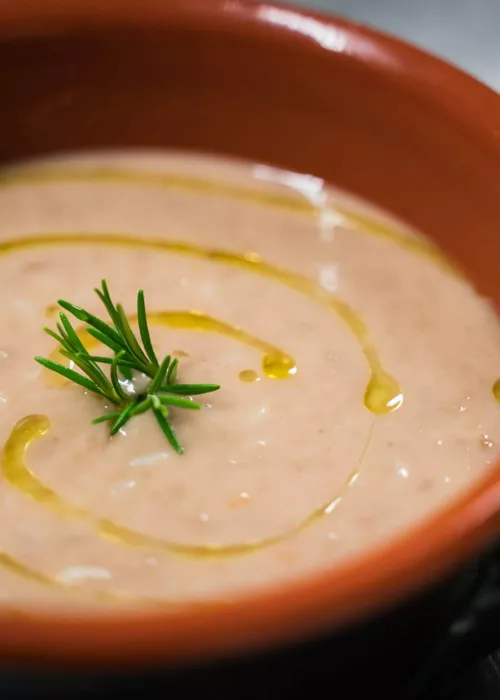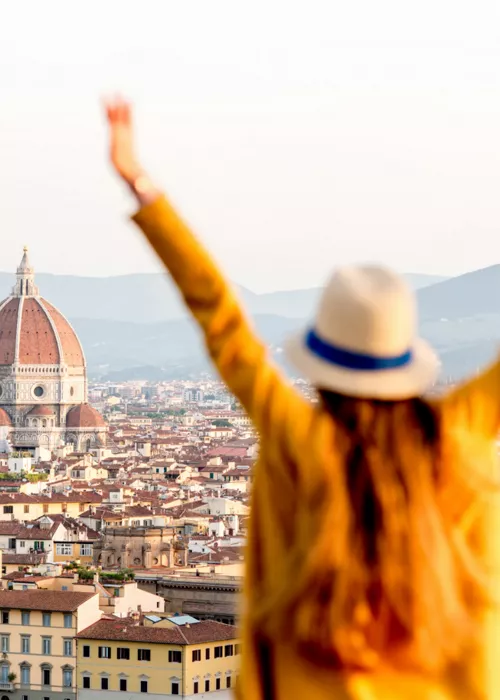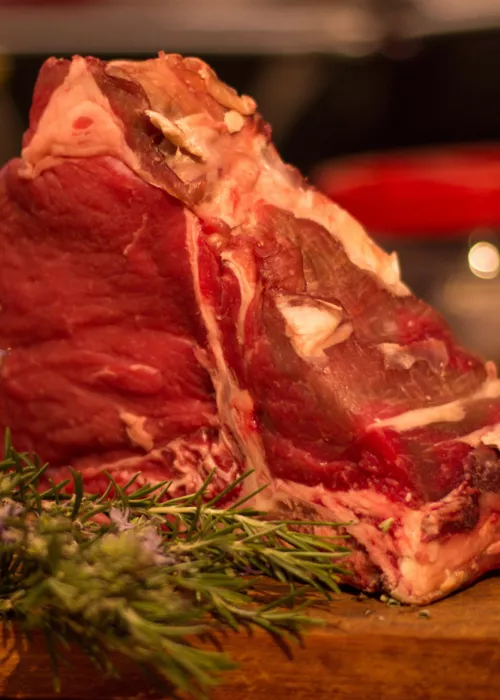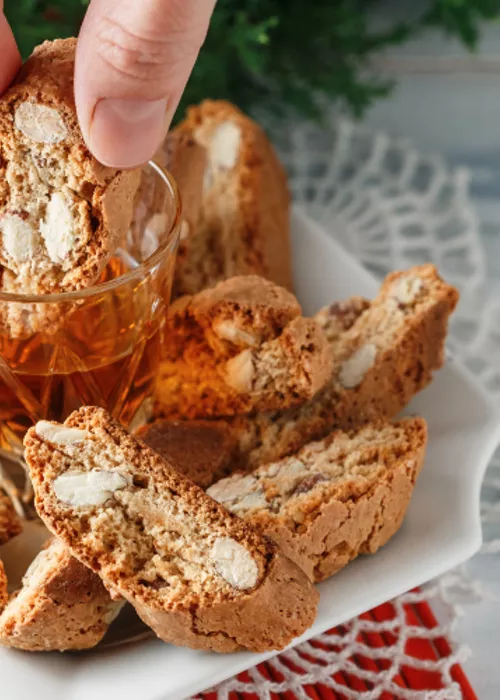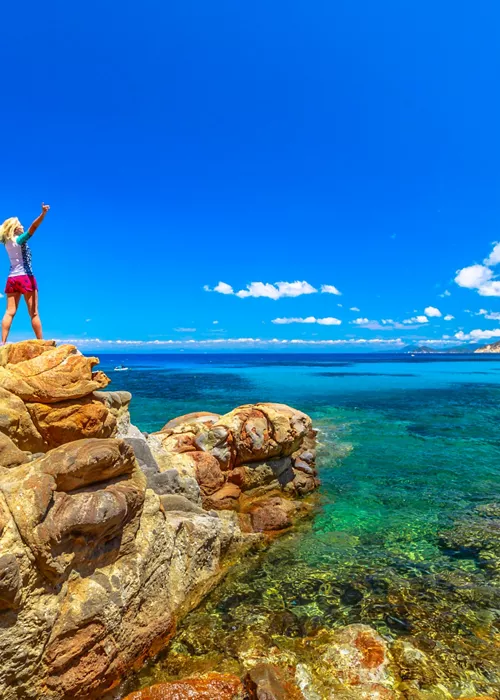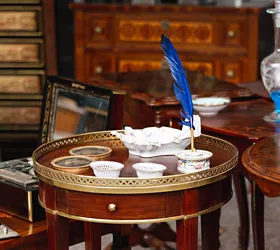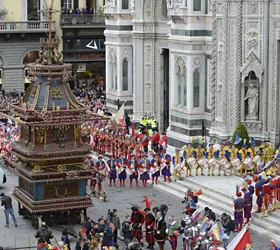Enotour in Tuscany
5 minutes

Tuscany is a living painting, a region where nature’s generosity meets a cultural heritage and food and wine tradition that captivate at first sight. From the rolling hills of Chianti to the fairytale villages of Val D’Orcia, passing through enchanting art cities and the lush beaches of Maremma, every corner of Tuscany is an open-eyed dream, hiding cultural treasures, traditional recipes, and excellent wines to be fully discovered through tastings and guided tours inside the wineries of Movimento Turismo del Vino. The experience also includes bike excursions, wellness paths, walks, and vineyard treks to explore the most beautiful wine areas in the region, followed by a lunch or dinner among the rows with winemakers to discover all the secrets of pairing with traditional recipes.
Wines, villages, and hills of Chianti

The Enotour in Tuscany naturally begins in one of the region’s most fascinating wine areas: the gentle hills of Chianti, dotted with ancient stone farms and medieval castles. Here, a solemn peace reigns and a wine is sipped that condenses the history and traditions of the land of the Gallo Nero, a historical symbol tied to Chianti and chosen to represent Chianti Classico DOCG. This is the historical subzone of the denomination recognized in 1716 by Cosimo III de’ Medici, Grand Duke of Tuscany, who defined the production’s heartland across 9 towns between Florence and Siena. A historic step that was concretely applied in 1932, when the term “Classico” was officially allowed to enhance the authenticity and territorial identity of the area. Since 1996, Chianti Classico wines can be made entirely from Sangiovese grapes to highlight its unmistakable sensory profile. The base version emphasizes freshness, the Riserva (aged 24 months in barrels) highlights complexity and structure, while the Gran Selezione showcases the uniqueness of each cru. This is a multifaceted wine, like its land—balanced between acidity and tannins, elegant on the nose with notes of red berries, marasca cherry, and balsamic hints. Must-see villages include Greve in Chianti with its triangular square framed by arcades, and Gaiole with the Castello di Brolio, where Baron Ricasoli created the original recipe for the wine. Enjoy e-bike trails, visits to historical villages, vineyard picnics, and vertical tastings of different vintages organized by Movimento Turismo del Vino. Finish your visit with a meal with the winemaker, pairing local wines with traditional Tuscan meat dishes like Fiorentina steak, pappardelle with wild boar, and ribollita, prepared together during on-site cooking classes.
Discovering Montalcino and falling in love with Brunello

Heading south, the rolling hills of Val d’Orcia lead to Montalcino, an enchanting village where time stands still in the Renaissance. If Chianti represents the classic Sangiovese, Brunello di Montalcino DOCG was born from a revolutionary idea. This land is home to the “grosso” clone, planted in the mid-1800s by Clemente Santi, who selected the best grapes to craft a long-aged single-varietal wine. At the time, this was revolutionary, as tradition and taste favored fresh wines. But Sangiovese Grosso amazed for its aging potential without losing character or pleasantness, creating a wine that has seduced palates worldwide—even Queen Elizabeth’s. In 1980, it became the first Italian wine to receive DOCG status. With two years in barrels and four months in the bottle, Brunello is an unforgettable tasting journey: a bouquet of cherry, plum, spices, tobacco, chocolate, and light balsamic notes, followed by velvety yet robust tannins and a long finish. Taste it across vintages during vertical tastings hosted by Movimento Turismo del Vino wineries. Besides wine, MTV producers offer sensory workshops on regional excellence like truffles, featured in pasta recipes prepared in cooking classes. Nature lovers can explore the vineyards on foot to uncover the secrets behind every bottle. Enjoy wellness treatments like wine baths and massages, then visit Montalcino’s historic center and nearby gems like Pienza—the “ideal city” with its Renaissance jewels—and towns like San Quirico, Bagno Vignoni with its central thermal pool, Chianciano Terme, and Parco Acquasanta with natural thermal springs.
Among medieval towers and golden glasses: discovering San Gimignano

Next stop is Siena with the shell-shaped Piazza del Campo and the Gothic-style Duomo featuring Michelangelo’s sculptures and the Piccolomini Library. Continue to San Gimignano, the “Medieval Manhattan” with its once 72, now 14, towers offering breathtaking views over Val D’Elsa. Surrounding vineyards have produced Vernaccia since the Middle Ages—Tuscany’s white queen in the land of reds, even praised by Dante in the Divine Comedy. Vernaccia di San Gimignano DOCG is enveloping, savory, and floral, with aging bringing out mineral notes of flint and a characteristic almondy aftertaste. Remarkable when young, even more so when aged, it's one of the few whites also made in Riserva form. Stroll the historic center with its Romanesque Duomo and biblical frescoes, explore artisan shops in the alleys, and relax in Piazza della Cisterna. Trekking lovers can follow the Via Francigena for a spiritual and scenic journey through abbeys, churches, and stunning Tuscan countryside. MTV wineries offer countless family-friendly routes to explore on foot, horseback, or bike to make the most of the season.
Bolgheri: cypress-lined roads and the Livorno coast

The journey continues to the coast, following vineyards that slope toward the sea. We are in the province of Livorno, land of the Supertuscans—wines born from the 1970s enological revolution inspired by Bordeaux. Vineyards benefit from sea breezes, warm ventilated summers, and mild winters. The terroir of clay and sand adds complexity to wines with medieval roots. The Castello di Bolgheri rises among the vines with its ancient walls and the iconic 5-km-long Viale dei Cipressi, leading to the heart of the village. This is the heart of Bolgheri DOC, the pinnacle of the Bordeaux blend in Italy, reaching its zenith in Sassicaia, the only wine with its own sub-denomination, created from the 1968 vintage of Cabernet Sauvignon and Cabernet Franc. Its nose offers red berries, black pepper, cloves, coffee, chocolate, and a smoky touch from barrique aging. On the palate, it’s structured, lively, and mineral. Bolgheri wines have earned a spot among the world’s most esteemed fine wines. But this coast has even more gems: explore the Parco della Maremma with wild beaches, pine forests, archaeological sites, and charming villages like Castiglione della Pescaia and Capalbio. This enchanting corner of Tuscany is perfect for sunset aperitifs, sea-view dinners, and wine pairings with local products—especially extra virgin olive oil, which enhances every traditional dish. All of this awaits during lunches and dinners at MTV wineries.
To discover the wineries of Movimento Turismo del Vino Toscana visit: https://movimentoturismovino.it/


